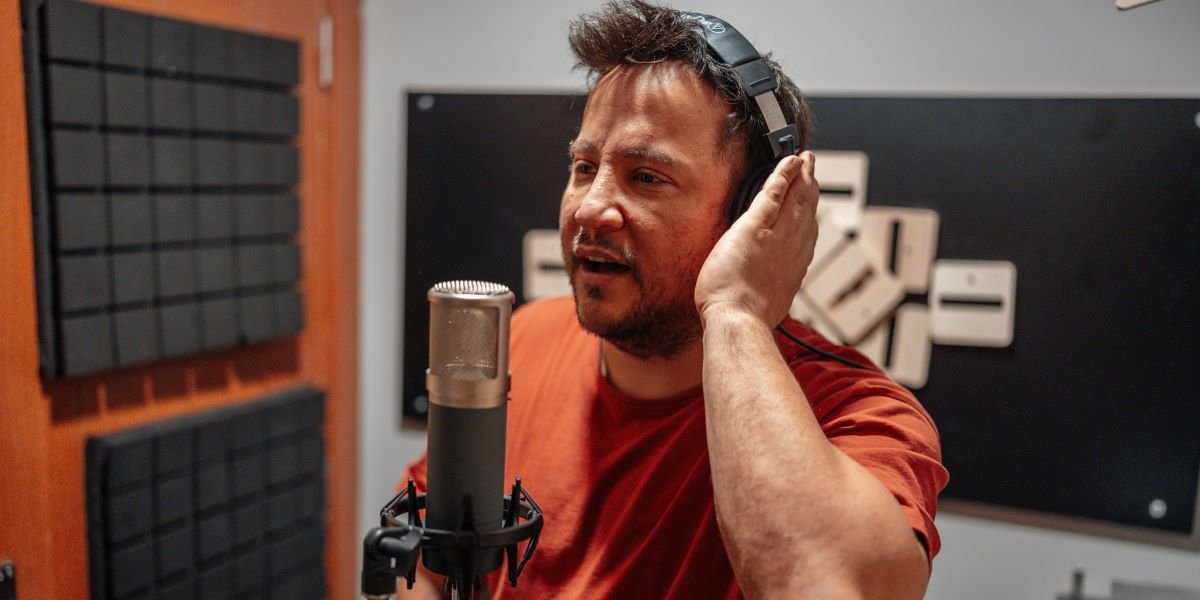By: David Harris
In 2024, a study by the World Economic Forum revealed that by 2030, more than 80% of new jobs will be tied to technology and digital skills, with programming, critical thinking, and adaptability being key to success in a rapidly changing world. More and more parents are asking how we can prepare our children for these challenges.
One of the most dynamic projects in children’s IT education today is KIBERONE AMERICA, a program that actively integrates innovative approaches to teaching kids and teens. Today, we speak with the founder, Ekaterina Levintas, who will share how her project continues to grow, the new challenges and opportunities facing the world of children’s tech education, and how her program is helping kids learn technology and build a bright future.

Host: Tell us about yourself and how you came to create KIBERONE AMERICA.
Ekaterina Levintas: Thank you for the question! My story begins not just as a business professional but also as a mother of two daughters. Like many parents, I wondered how to prepare my kids for a future where technology is at the forefront.
As I watched my daughters spend more time on their devices, I realized that traditional education wasn’t keeping pace with the rapid advancement of technology. Kids consume content through games and social media but rarely learn how to create with those same tools. That’s when it hit me: What if I could help kids use technology not just for entertainment but for building something meaningful for their own growth?
At the time, I already had substantial experience managing large business projects. For years, I held executive roles at corporations, where I focused on implementing new technologies, creating strategies, managing large teams, and building efficient business processes. This experience taught me the importance of flexibility, the ability to adapt, and strategic thinking. These qualities are essential in business—and I realized they could be just as powerful when it comes to educating children.
I also learned about KIBERONE—a platform that had already seen great success in Europe, teaching children valuable digital skills. The program had been recognized for its excellency in teaching kids about technology, and I saw a tremendous opportunity to adapt it for the American market. But I didn’t just take the program as-is—I integrated elements of my business experience, such as a project-based approach, leadership development, teamwork, and critical thinking skills.
That’s how KIBERONE AMERICA was born—a learning platform that teaches kids not only how to code but also how to think like innovators. It’s more than just coding lessons; it’s an environment where we help children develop the skills they need to thrive in a world that’s still being shaped.
Host: What makes your approach unique, and how did you adapt it for an American audience?
Ekaterina Levintas: I believe our uniqueness comes from the fact that we’re not just creating coding courses; we’re building an entire educational ecosystem. Yes, technical skills are crucial, and the kids learn how to create websites and apps, work with data, and dive into AI fundamentals. But that’s not where our focus stops. We aim to develop kids’ ability to think like leaders and foster creativity, decision-making, and collaboration.
When I adapted the program for the U.S., I quickly realized that American kids are more open to expressing their thoughts. From an early age, they’re used to discussing their ideas and looking for creative solutions. So, we emphasized the importance of creative thinking and self-expression. We incorporated more hands-on tasks where students can take their ideas, turn them into projects, discuss them with their peers, and see how their work impacts the final outcome.
In addition, our program heavily focuses on developing “soft skills”—skills that are vital not only in the tech world but in life. We teach kids not to fear challenges, to manage their emotions, and to interact with others effectively. As a result, our graduates don’t just master modern technologies; they’re confident, they know how to work in teams, and they excel at problem-solving. That’s what makes KIBERONE AMERICA a unique project—it prepares kids not just for a tech-driven future but for life in an ever-changing world.
Host: Will your program mean that kids spend even more time in front of screens? How do you address the issue of screen addiction?
Ekaterina Levintas: That’s a very natural concern, and I understand why parents are worried about it. However, our approach is focused on teaching kids how to use technology mindfully and productively rather than just sitting in front of a computer for entertainment. At KIBERONE AMERICA, we don’t encourage aimless screen time—instead, we teach children how to use their time at the computer effectively, working on real projects and building skills that will serve them in life.
We help them understand that technology isn’t just for fun; it’s a tool for creation, problem-solving, and achieving goals. When children realize they can build their own apps or websites, their view of what computers are for is completely shifted. It’s no longer about passive consumption—it’s about being a creator and having the power to shape something new.
We also put a strong emphasis on physical activity and social interaction. Our classes are designed to include both time in front of a computer and active sessions where kids work in teams, communicate, and collaborate in real-life scenarios. We make sure their lives are balanced between the digital world and the real world. We also teach the importance of taking breaks from screens, staying active, and spending time with friends and family. This helps prevent dependency and teaches kids to use technology for their benefit rather than as a form of escapism.
Host: It’s great that your program covers important aspects like personal development and soft skills. But what about the technical side? How do kids actually learn programming and other IT skills at KIBERONE AMERICA?
Ekaterina Levintas: We offer a very structured, hands-on approach to teaching technical skills.
First and foremost, our modules cover essential technical areas like programming, web design, mobile development, AI basics, data science, and cybersecurity. We start with the fundamentals—programming languages like Scratch for younger kids, and then move on to Python and JavaScript for older students. This allows for a gradual transition from basic skills to more advanced concepts, like 3D modeling and even machine learning.
Each class is designed so that theory is immediately applied in practice. For example, kids aren’t just learning how to write code—they’re building their own apps, designing websites, and working on gaming projects and virtual worlds. This helps them see the real-world results of their efforts, which is incredibly motivating. Plus, every project comes with feedback and support from mentors, so the kids know what they’re doing well and where they need to improve.
Our entire learning process is designed so that technical knowledge is always reinforced through practical application—from the basics to advanced technologies. This makes learning not only effective but also exciting and engaging.
Host: You’ve recently expanded the project to new states. What challenges have you faced during this process, and how do you plan to grow KIBERONE AMERICA moving forward?
Ekaterina Levintas: Expanding is always a challenge, especially when it’s such a large-scale project. So far, we’ve successfully opened locations in Florida, New York, and New Jersey. Right now, we’re actively working on launching programs in Philadelphia and Texas. Our goal is to open more than 1,000 locations within the next three years and reach 100,000 students across the country.
The biggest challenge is maintaining the same high quality of education as we scale. We’re very focused on ensuring that every new location adheres to the same standards as our existing ones. This includes everything from hiring the right teachers to structuring the learning process. We want parents in every new region to feel confident that their children are getting growth opportunities.
As for the future, beyond expanding within the U.S., we are exploring new opportunities to bring KIBERONE to more regions. There’s a lot of interest in our project, and we want to make our programs accessible to children everywhere.
Host: One final question: what advice would you give to parents who want to foster a love of technology in their children and help them prepare for the future?
Ekaterina Levintas: My main advice would be to nurture your child’s curiosity and give them a chance to explore technology through play and creativity. Many parents worry that too much screen time will negatively affect their child’s development, but it’s important to remember that technology itself is just a tool—it’s all about how it’s used.
Don’t be afraid to encourage your child’s interest in gadgets, but do it mindfully. Instead of restricting their use of technology, offer alternatives—programs that not only entertain but educate. For example, there are educational games, programs for creating animations, or beginner-friendly programming languages like Scratch. These can help your child not only learn basic skills but also feel like a creator.
It’s also important to show kids that technology isn’t just about computers and screens. Encourage them to find ways to apply what they’re learning in the real world—whether it’s developing their own project, creating an app, or participating in school tech competitions. Parents can play a huge role in helping kids see that technology is a path to solving problems and bringing ideas to life.
And most importantly—stand by your child and help them through challenges, especially when things don’t go smoothly. Developing an interest in technology takes time, and it’s important to show them that mistakes are part of the process, and that in both technology and life, perseverance and a willingness to keep learning are the keys to success.
Follow Ekaterina on Instagram @jc.kiber.one and @fll.kiber.one or visit websites https://plant.kiber-1.com and https://jc.kiber-1.com for more information.
Published by: Holy Minoza










